Yemen is a land of riches, ancient cities, and open desert. It’s the country probably most associated with the Bedouin Arab culture as well as the devastating effects of a nearly nine-year-long civil war. In recent times, however, a new perspective on Yemen has emerged, one that reveals the unity and resilience that the world now recognizes them for.
To understand the story of Yemen though, we must first rewind the clocks and take a step back in time.
A Brief History of Yemen
Situated on the southwestern end of the Arabian Peninsula, Yemen’s geography proved to be of unique political and strategic importance. Throughout the entirety of its history, Yemen proper has never been conquered nor fallen under the control of a foreign power.
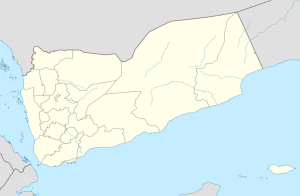
In the first century B.C.E., the Romans were among the first major powers to enter Arabia Felix, now modern Saudi Arabia and Western Yemen. Roman military general Aelius Gallus led 10,000 legionaries in an unsuccessful siege on Ma’rib in west-central Yemen.
By the 7th century, Islam’s expansion united various tribes under the Rashidun, Ummayad, and later Abbasid Caliphates. Even the Ottomans circa 1538 struggled to fully control the region.
Throughout history, Yemen has been plagued by conflict and crisis. The aftermath of the 2014 Yemeni Civil War, going on for nearly nine years and counting, has still left the nation reeling. Its once vibrant cities now sit as smoldering ruins and its populace is left constantly grappling with extreme adversity.
Yet amidst this desolation, a newfound narrative of resilience and unity emerges. Individual stories begin to pop up truly defining the Yemeni spirit in the face of unfathomable hardship.
Challenging Media With Media
Among these narratives is that of Sufian Abulohom, a graduate of the University of Southern California, an independent Yemeni-American filmmaker, and an adjunct professor at American University.
Born and raised in Yemen until the age of 15, Abulohom, through his documentaries, strives to “focus on humanizing Muslims, Arabs, and Arab-Americans.” He uses his films as a platform for exposure and investigative journalism, calling out systemic issues that affect the world
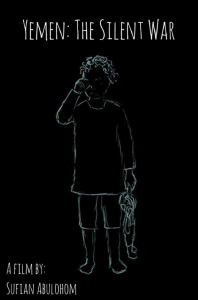
around us.
One of the biggest areas Abulohom wants to tackle is the portrayal of Yemenis in mass media. “I’m very aware [of] the idea that what you see on the media in terms of what people in Yemen look like or do . . . is not necessarily the reality . . . and the media will often choose a perspective that benefits a lot of other people.”
This is specifically in reference to the frequent dehumanization of Yemenis, as well as Muslims and Arabs in general, being depicted as barbaric, savage, and unhuman.
Abulohom also referred to an article and study conducted by Professor Evelyn Alsultany on the portrayal of Muslim Arabs in various forms of media. The study conducted by Dr. Alsultany, which examined approximately 1,000 Hollywood movies portraying Muslims or Arabs, found that a mere 1.2% of them did so in a positive way.
The point Abulohom was making was despite the negative portrayal of the Yemeni people in the media, they are, in fact, among some of the most resilient people you’ll see.
He highlights the Yemeni people’s ability to preserve their cultural heritage and traditions as well as their longing to return and rebuild their now-ruined homeland, a theme often exemplified in his documentaries and film projects.
The Bara’a Dance: A Symbol of Unity and Resilience
As part of this culture of resilience, the traditional bara’a dance beautifully emerges as an expression of Yemeni unity and strength. Despite years of relentless bombardment and blockades, Yemenis have preserved their rich cultural heritage, drawing strength from generations-old traditions.
Historically, the bara’a dance has roots in traditional Yemeni folklore, with its origins dating back centuries. Originally performed as a rallying war cry before battles or a marker of significant tribal milestones, it has evolved into a cultural cornerstone representing the resilience and spirit of the local community. In modern times, the dance is performed as a symbol of solidarity and unity during community and tribal events.
In times of adversity, such as during the ongoing Yemeni civil war, the bara’a dance takes on added significance, serving as a powerful symbol of resilience and solidarity. Through the Bar’a dance, Yemenis find strength and solace, embodying the enduring spirit of a people united by cultural pride.
Devastation to Hope: Resilience in the Light of Disaster
As we delve into the challenges confronting the Yemeni people, one voice stands out: Mohanad Motea, a humanitarian aid and crisis relief doctor in Yemen, whose experience in the field offers a unique perspective on the Yemeni plight.
Motea’s role in the disaster relief program encompassed not only direct aid and medical care, but also education and awareness campaigns for common diseases such as trachoma, cholera, and the transmission of infectious diseases.
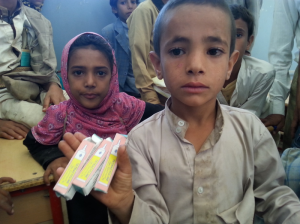
Reflecting on the devastation that engulfed the region, Motea mentioned that he often still remembers driving his car through the rubble of his town as his son innocently remarked about the destruction of their homeland.
Since the beginning of the 2014 Yemeni Civil War, the sound of falling bombs and the constant droning of military aircraft became part of everyday life for many Yemenis. Heavily fortified military blockades paired with unique geographical biomes found in some regions of Yemen made it next to impossible to adequately provide aid and assistance necessary to save thousands.
In the face of relentless conflict and untold hardships, Yemenis have demonstrated a remarkable ability to endure and adapt.
”The nature of Yemen in general exposes its people to the ravages of war for more than eight years,” Motea explained, “Because we are Muslims we say whatever happens comes from God. Whether we die or not, everything is written in the book [referring to the Book of Hisab, which contains all a person’s deeds to be presented to them on Judgement Day]. So whatever comes it’s fine.”
Muslims around the world hold the belief that God has already decreed certain aspects of our lives in what is called “Qadr”. This concept encompasses the idea that God has knowledge of everything that has happened, is happening, and that will happen.
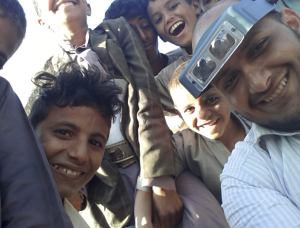
Despite the supposed philosophical paradox of determinism and free will, Muslims, and by extension a large demographic of the Yemeni people, believe that while God has decreed our fate, He also allows us to make choices that lead us to our predetermined destiny, which God already knew we would reach.
In this sense, many Yemenis work to improve the condition of themselves and those around them, while accepting both the good and the bad as part of God’s plan.
At times you’ll see many Yemenis, who themselves were made homeless, widowed, orphaned, or displaced all striving to help in rescue efforts and sharing with strangers what the limited food they are afforded. This is the reality of the resilience of the Yemeni people and their ability to bounce back regardless of the hardship.
As we take a stand of solidarity with the Yemeni people, we should not only acknowledge but also celebrate their extraordinary resilience, born out of centuries of trials and triumphs. The story of the Yemeni people may also serve as a timeless source of inspiration and strength for everyone as a story that can encourage us to find take a stand in the face of trial and difficulty.


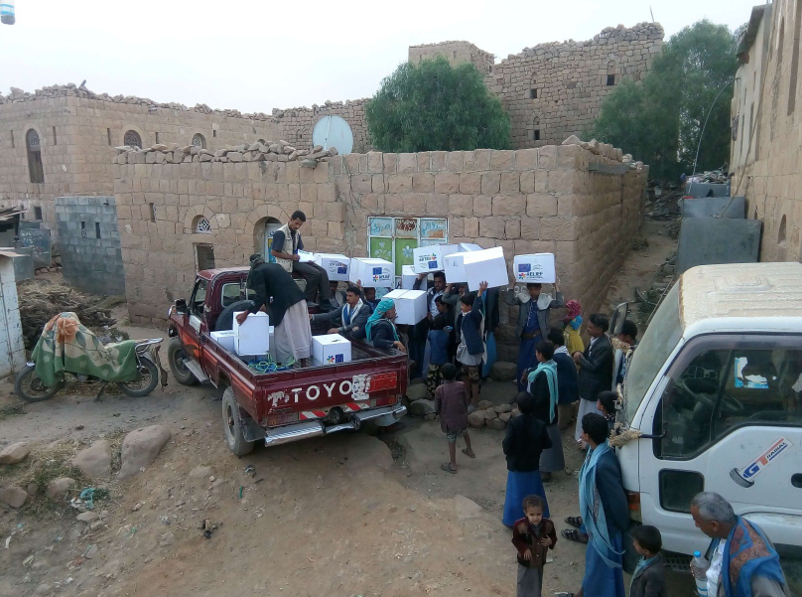

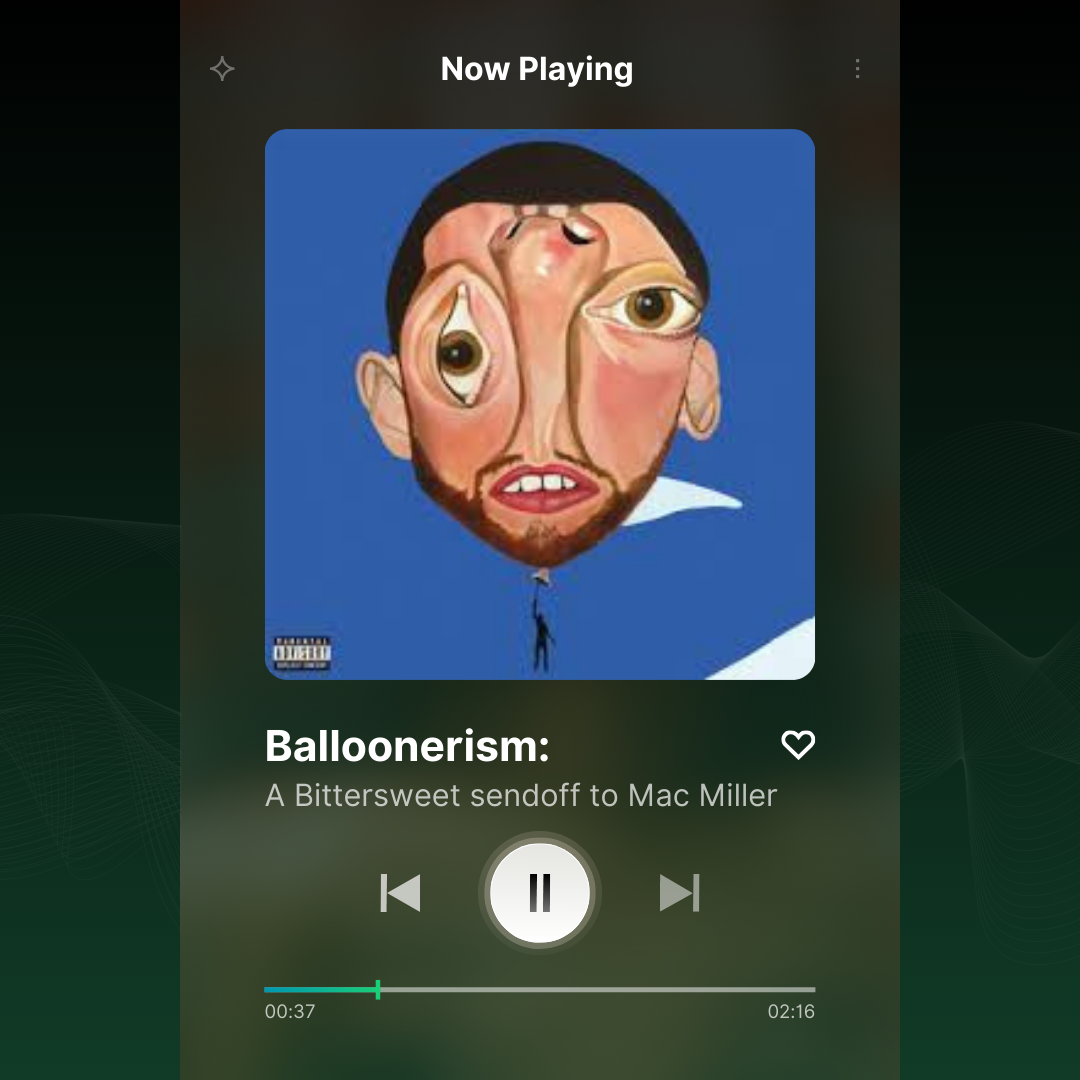

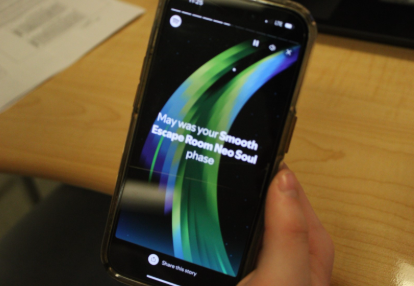


Vishu Sundaram • Apr 18, 2024 at 10:20 pm
This article is a masterpiece and a wonderful way to tell the story of the Yemeni people. Even based on my limited understanding of the situation in Yemen,I always had this vague idea of the spirit of Yemeni resistance and courage amidst economic problems and geopolitical tensions,but this article perfectly captures those thoughts.
adviser • Apr 25, 2024 at 4:11 pm
Thanks Vishu, this means a lot. I’m glad you enjoyed it! ~Ayman S.